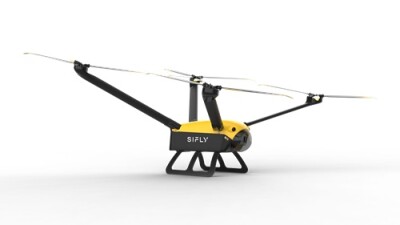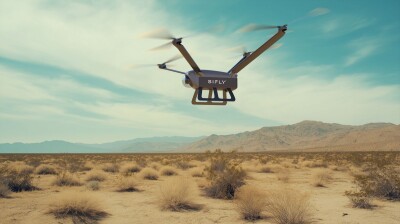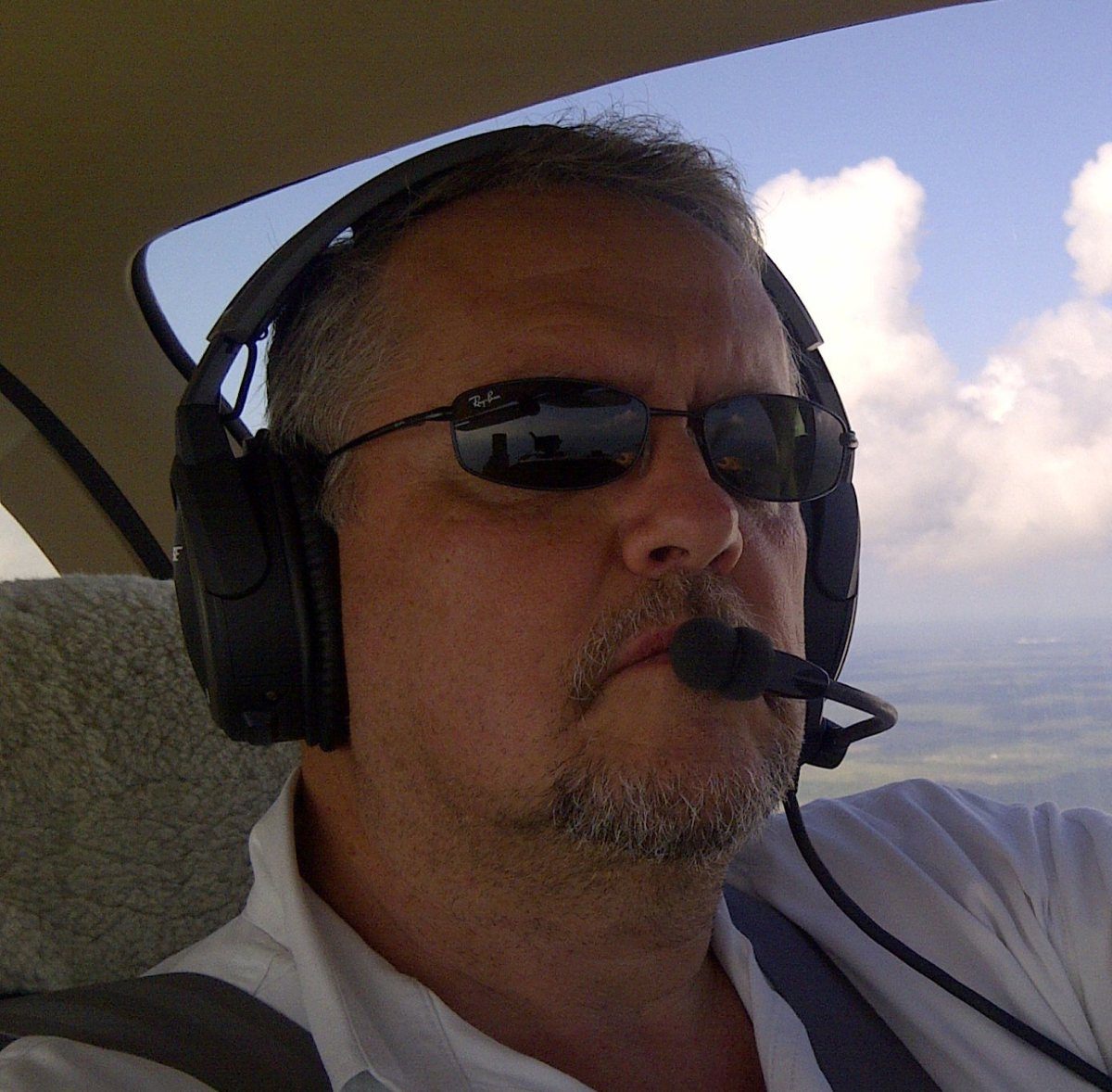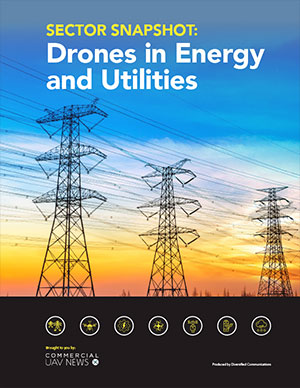Following the successful completion of more than 3,000 “stealth” test flights, California-based SiFly Aviation introduced its new Q12 drone platform and Q250 heavy-lift drone on May 1.
According to SiFly, these all-electric, autonomous drones can fly more than four times farther and ten times longer than typical commercial drones. Moreover, they are priced in line with leading Chinese-made vehicles. Together, SiFly stated, these new drones will enable drone operators in a wide range of industry to fly previously impossible Beyond Visual Line-of-Sight (BVLOS) drone missions and discover new operational uses.
"Commercial drones have long forced organizations to tradeoff between flight duration, payload capacity, and operational range,” said Brian Hinman, Founder and CEO at SiFly. “We eliminated those trade-offs. SiFly drones are transforming emergency response, infrastructure inspection, and logistics — delivering helicopter-class performance at drone economics."

The Q12 drone can hover for two hours continuously and operate in forward flight for up to three hours. The UAV has an operational range of 90 miles, and it can carry up to 10 pounds of payload. Moreover, the Q12 is 5G-enabled for cloud-connected missions, meaning it can serve as an optional long-range Wi-Fi based solution where 5G Is unavailable. In a statement, SiFly says these capabilities enable “new operational possibilities for Beyond Visual Line-of-Sight (BVLOS) drone missions that were previously out of reach.
 (1)-minsm.jpg.small.400x400.jpg)
SiFly’s other new offering, the Q250, is a 550-lb. heavy-lift drone that can carry 200-pound payloads, fly for up to 100 minutes, and hit a top speed of 100 mph. SiFly sees this vehicle as a lower-cost replacement for helicopters in operations such as agricultural spraying, logistics, and fire suppression, and it believes the drone will “transform heavy lift drone operations.”
Mapping & Surveying
For mappers and surveyors, David Mazar, Chief Strategy Officer at SiFly, believes the company’s new systems will enable operators to expand and improve their operations.It's a difference that will be meaningful to individual teams as well as larger organizations.
“Our ability to cover vast distances with nearly every payload for mapping missions creates a unique value for operators," Mazar told Commercial UAV News. "This will increase productivity of drone operators and unlock new revenue potential for companies focused on mapping large areas."
Mazar explained that SiFly has “already begun supporting agricultural mapping missions and believe that linear surveying missions will be a strong fit for our platform where operators need the flexibility of a multirotor system that can change speeds vs. a fixed wing system.”
Inspections
Inspections operations may also benefit from the capabilities of the Q12 and Q250. “Again, because of our unique hardware performance enabling our system to hover for two hours and fly in forward flight for three hours on a single charge, operators doing inspection missions in utilities, agriculture, energy and infrastructure have been excited to adopt our system,” Mazar stated. “The Q12 opens up new productivity to inspect long corridors versus today’s limited capability of constant battery swaps.”
Public Safety and Security
Other sectors that could adopt these new systems are public safety and security. According to Logan Jones, Chief Business Officer at SiFly, the Q12’s real-time data capture and sharing capabilities could benefit operators in a number of ways.
“In missions where data feeds matter, our Q12 will create a shift in the industry,” Jones said. “We believe the days of docks littering a city will no longer be necessary and shift to a new phase in Drones as First Responders will open up.”
SiFly has already received strong interest from public safety agencies who have seen demonstrations of the company’s technology. All of it stems from an approach that was designed to enable this exact type of reception from users.
"This reception is driven by long, persistent flight times, speed to achieve response times needed for the mission, and reduced infrastructure cost due to no necessity of docks," Jones continued. "The cost shift will be 5-8x reduced and the performance will serve both small and large agencies. We believe very strongly in our fit for public safety and similar security missions.”
At present, SiFly is demonstrating its new platforms for public and private sector organizations US. Q12 deliveries will begin in the fourth quarter of 2025.


sm.jpg.medium.800x800.jpg)













Comments